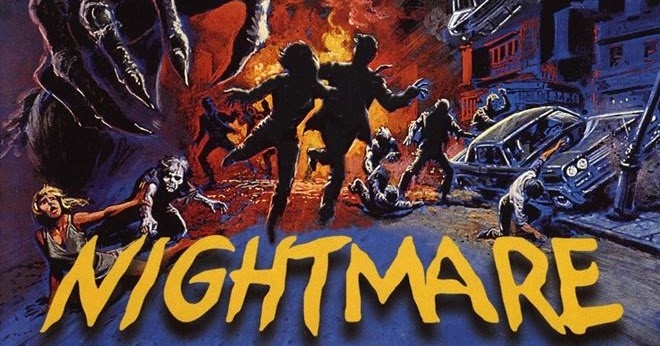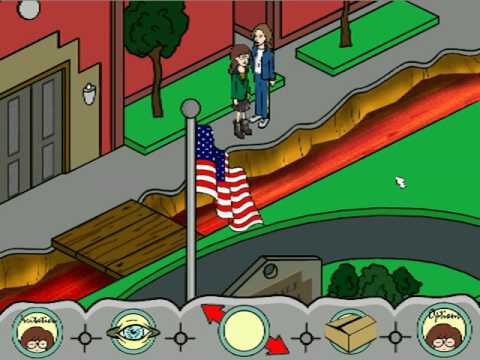
In truth, this could be an attempt to explain why Argento decided to show an Italy that he never had in his films before. While he only hinted that the survivors wanted to forget some mystery event, in later interviews he claims that the film takes place in an imaginary city where the people left behind try to forget a nuclear war.

Argento claims that if you watch this film with this in mind, it's very apparent. To start, Argento intended for the film to be almost science fiction, taking place five years after a cataclysmic event, in a world where there are less fewer people and as a result, cities are less crowded and the survivors are richer. And while I've always believed that Phenomena is Argento's strangest film - a girl who can talk to bugs befriends a monkey to battle a cannibal child in a foreign country - I have learned that Tenebrae just might be even stranger.

Tenebrae is the result and while on the surface it appears to be a return to form, the truth is that it's perhaps one of the most multilayered and complicated films I've ever seen.

According to the documentary Yellow Fever: The Rise and Fall of the Giallo (which is on the Synapse blu ray of this film), the failure of Inferno led to Argento being kindly asked - or demanded - by his producer to return to the giallo with his next film. Reviewed by BandSAboutMovies 10 / 10 Probably my favorite Argentoīy 1982, Dario Argento had moved beyond the constraints of the giallo genre he had helped popularize and started to explore the supernatural with Suspiria and Inferno.


 0 kommentar(er)
0 kommentar(er)
